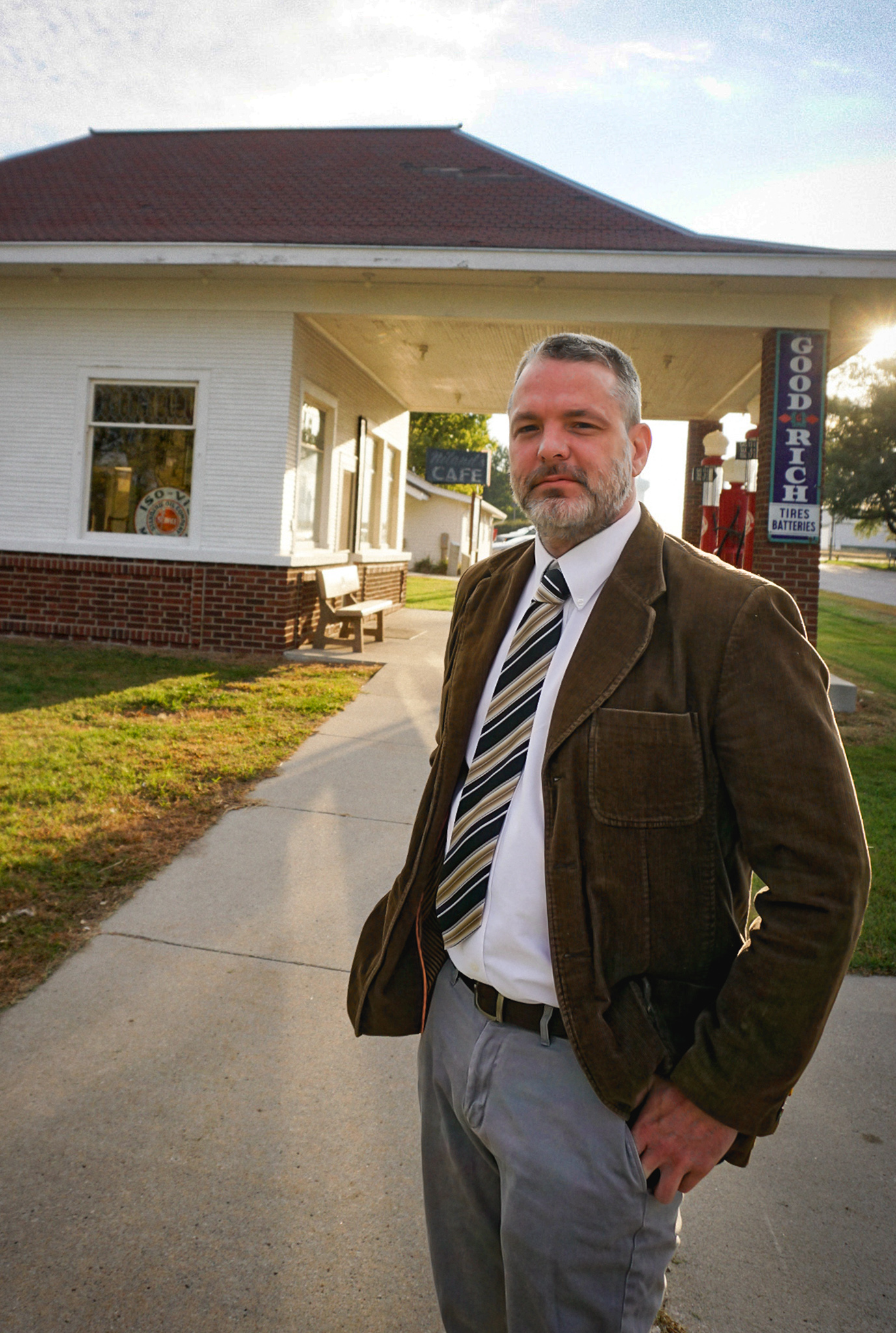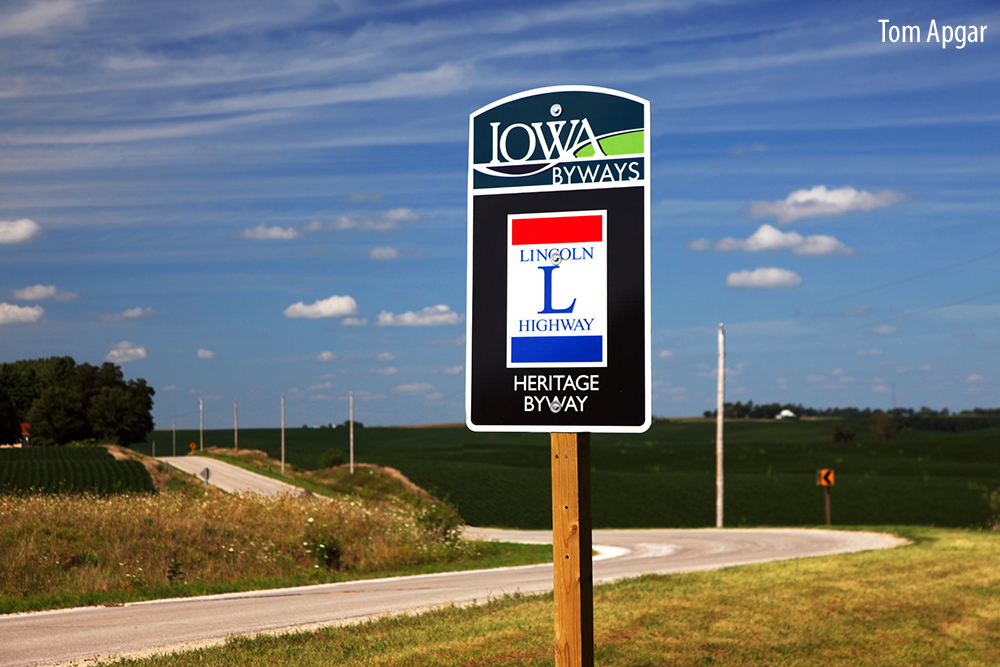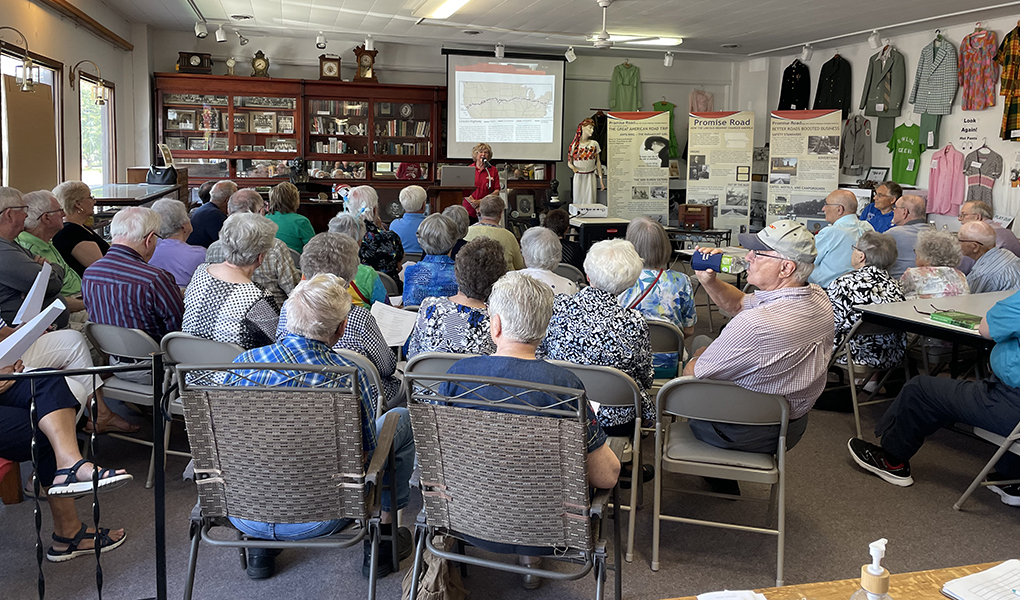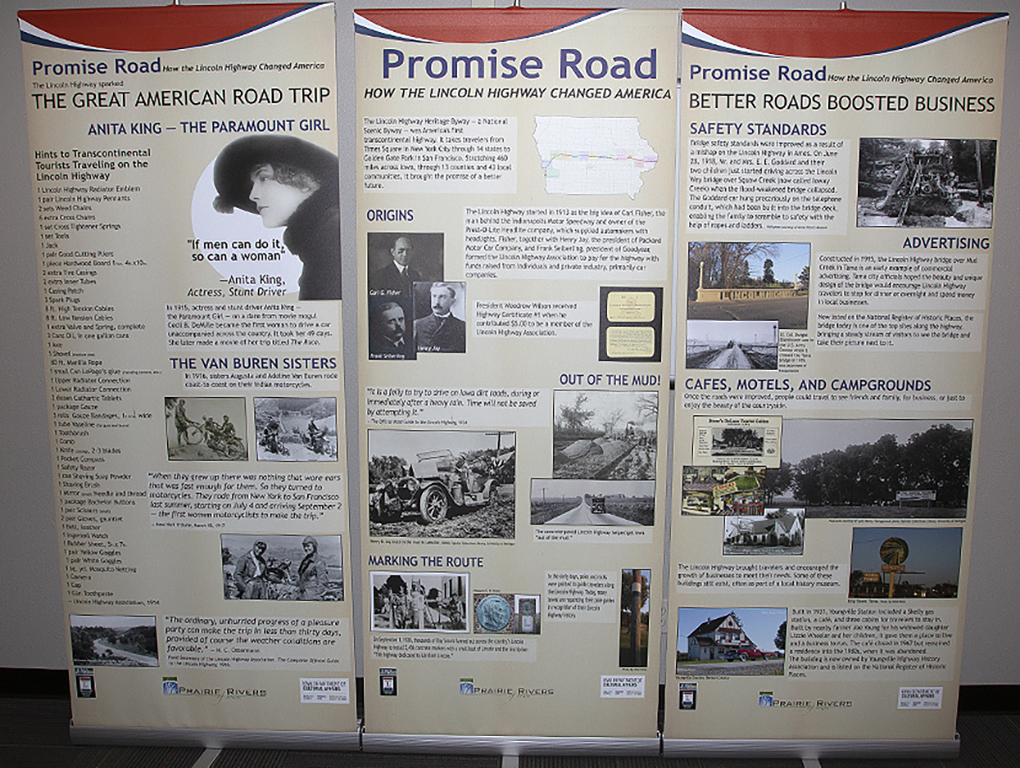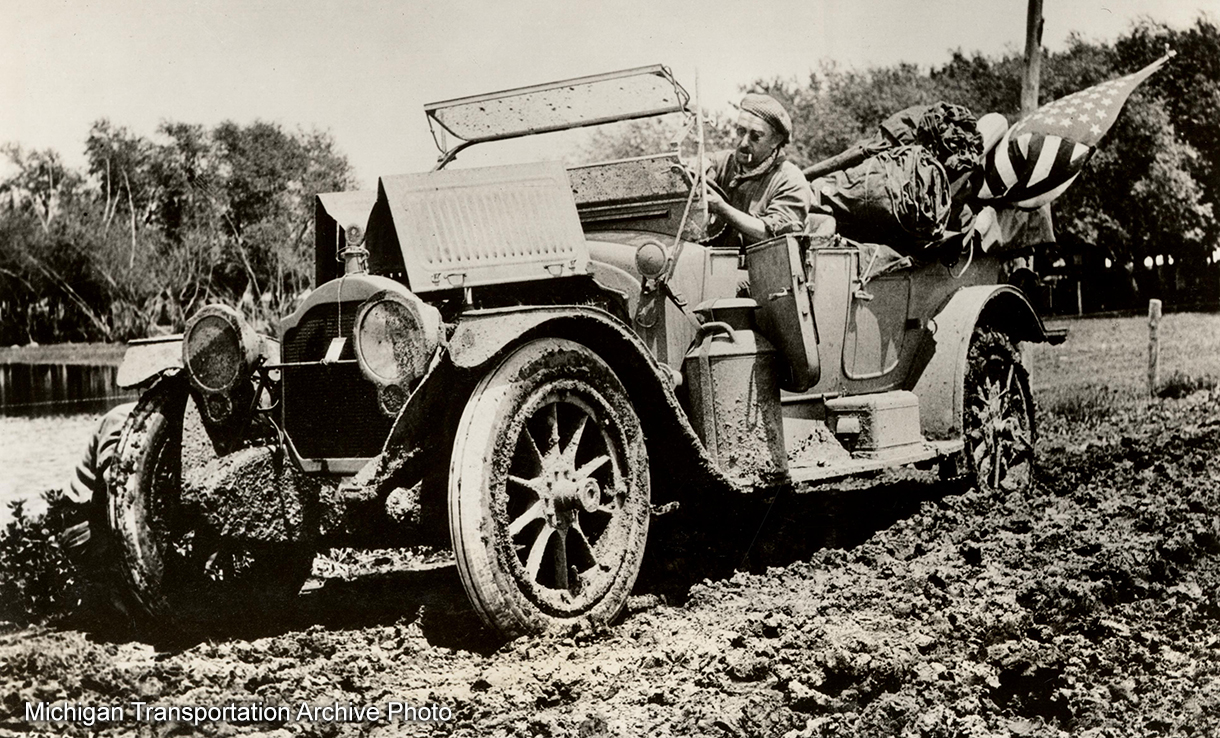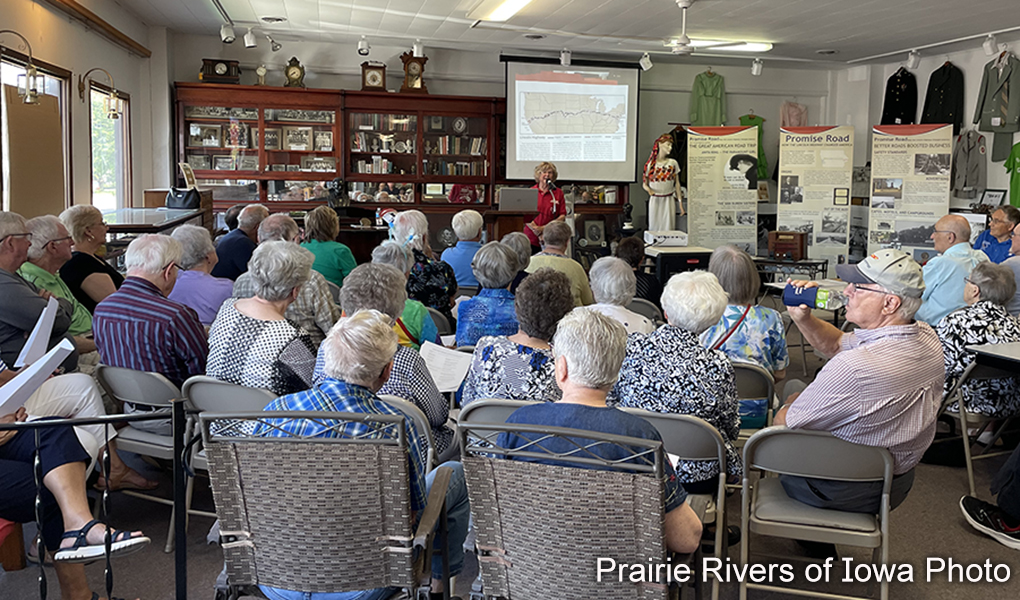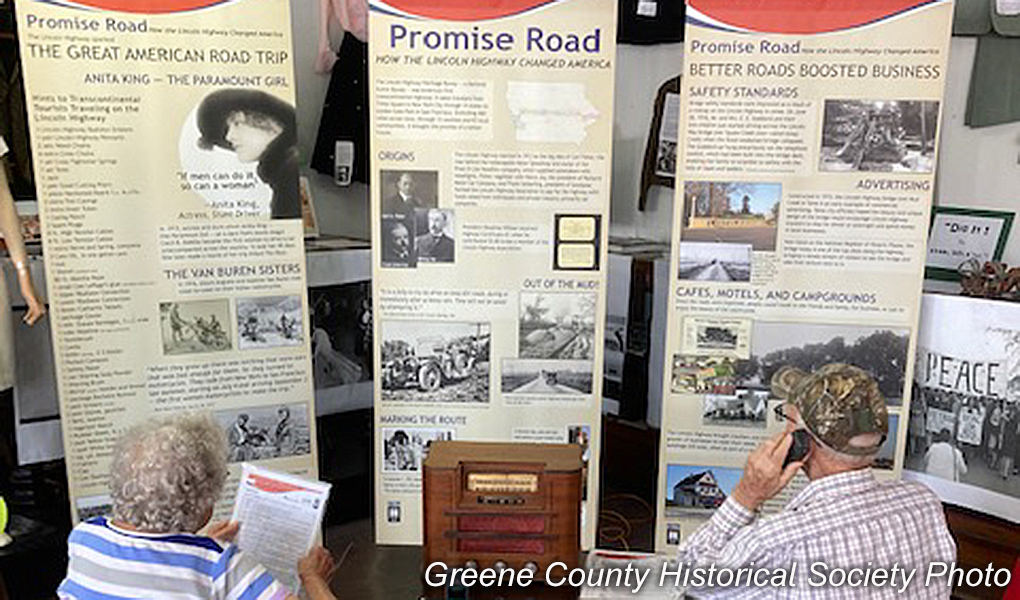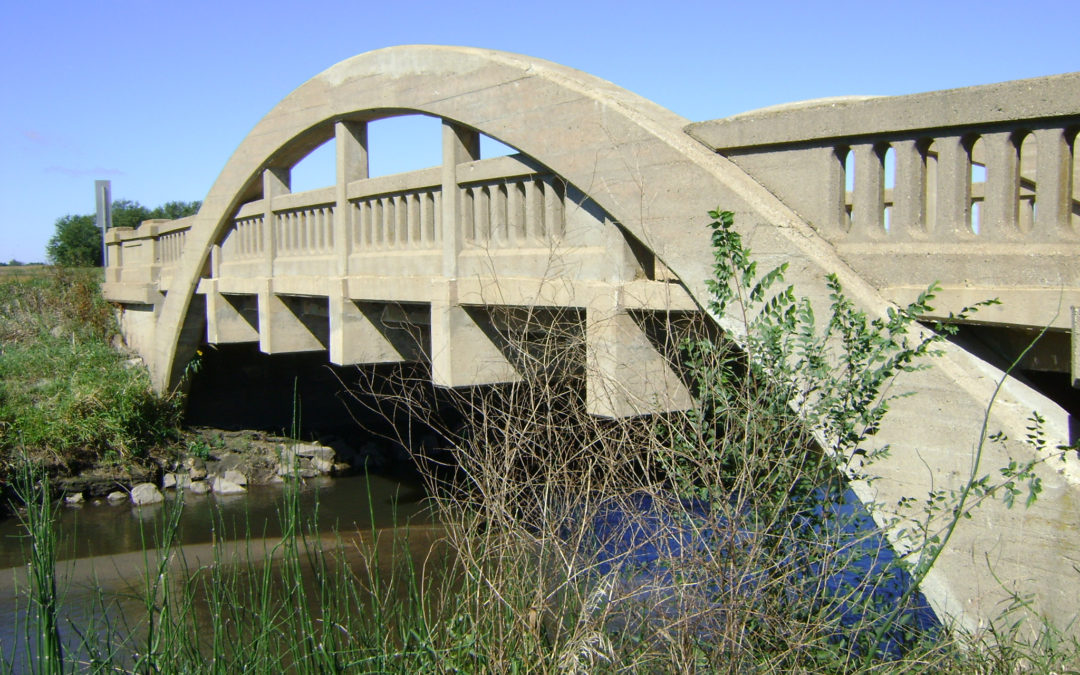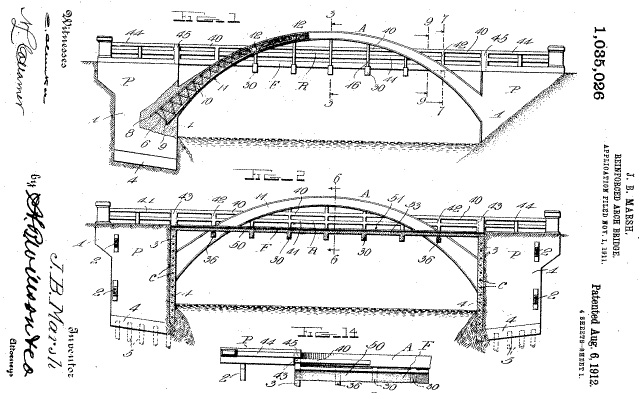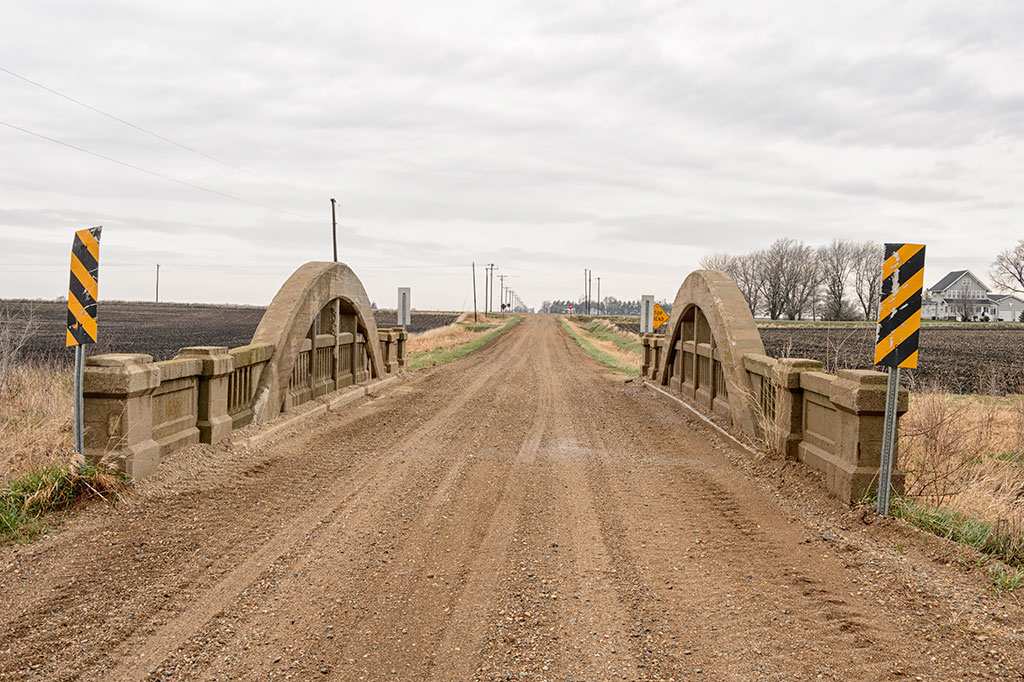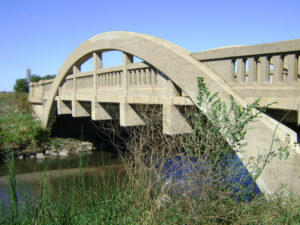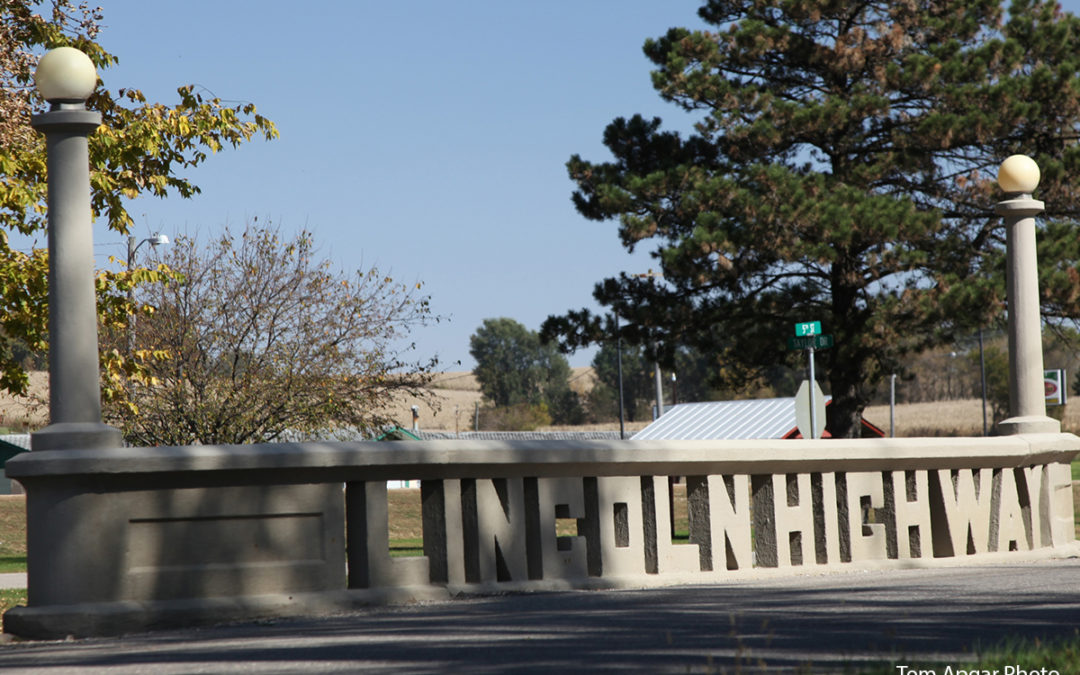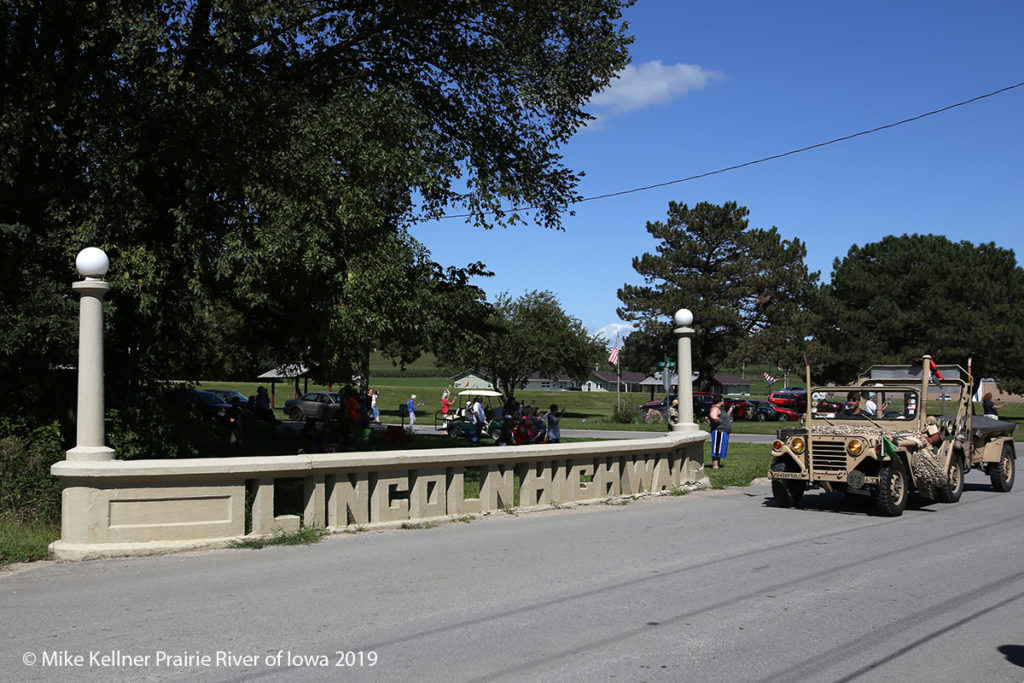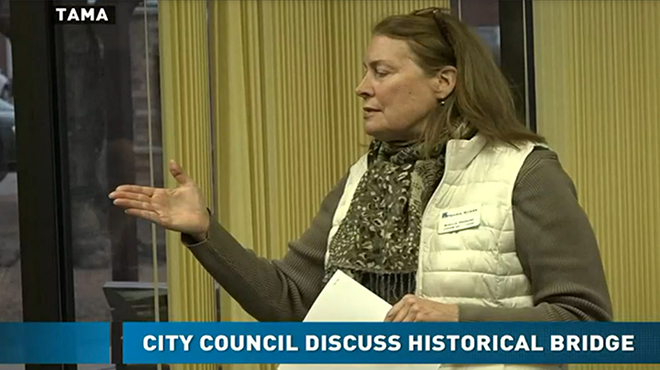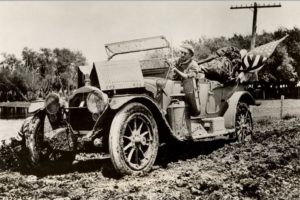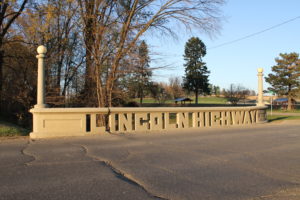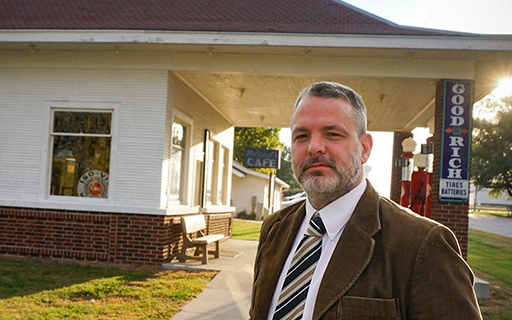
Meet Our New Lincoln Highway Heritage Byway Coordinator
On the surface Prairie Rivers of Iowa’s new Lincoln Highway Heritage Byway (LHHB) Coordinator Jonathan Sherwood radiates a friendly, yet quiet demeanor. Already it has become apparent he knows how to bring people together as a great listener with empathy and thoughtfulness. Despite his calm exterior, digging deeper, we have quickly learned he has a deep passion for historic preservation and community development.
Something else everyone should know about Sherwood is that he was born for his new role being from, and now once again living in, the Lincoln Highway community of Nevada, Iowa. Some of his earliest memories include enjoying spirited parades during Lincoln Highway Days. “Nothing compares to the quality of life in Central Iowa and growing up one house off the Lincoln Highway,” he relates.
In his new role, Sherwood is taking on the often gargantuan task of bringing together governments, businesses, civic organizations, tourism officials, history buffs and transportation enthusiasts together as Prairie Rivers continues a new chapter of Byway management. According to Prairie Rivers of Iowa Executive Director Penny Brown Huber, “Jonathan is an excellent listener which is a skill that helps when reaching out to so many different community leaders.”
As byway coordinator, Sherwood’s duties will encompass working across the 13 Iowa counties and 43 towns that stretch along the Lincoln Highway in Iowa, river to river, east to west from Clinton on the Mississippi to Council Bluffs on the Missouri.
He is committed to restoring, protecting and preserving the cultural and natural resources in Iowa. “This work provides the opportunity for me to work on some of the things I’m most passionate about, people, transportation, and the environment,” says Sherwood.
According to Huber, some of the reasons Sherwood was hired for the position include his degree in community and regional planning from Iowa State University and his previous work experience in transportation and rural communities with an emphasis on geographic information systems (GIS). “His time working with communities to utilize trails for economic development activities made him an excellent fit to be the LHHB Coordinator,” states Huber.
Sherwood is a member of the Institute of Certified Planners (ACIP) and is currently pursuing a Master of Landscape Architecture (MLA) degree at ISU. He is replacing Shellie Orngard as the new LHNHB Coordinator who is now focused on Prairie Rivers special projects including an evaluation of properties along the Lincoln Highway that are on, or should be, on the National Register of Historic Places. To contact Sherwood email him at jsherwood@prrcd.org.
In his spare time, Sherwood enjoys gardening and traveling to Iowa’s state parks. Be sure to keep an eye out for him along the Byway!
The Lincoln Highway Heritage Byway is Iowa’s longest and most historic byway, traveling through more than 460 miles of history, recreation, and welcoming Iowa communities.
Prairie Rivers of Iowa’s LHHB program is a community-driven statewide historical effort to preserve the story of the places and people of the byway. We are committed to the conservation, preservation, and responsible use of all of the byway’s natural, historical, cultural, and community resources while building upon local assets strengthening and sharing its economic vitality.
Please join us and thousands of other travelers along the Lincoln Highway Heritage Byway – Iowa’s section of America’s original Main Street.

